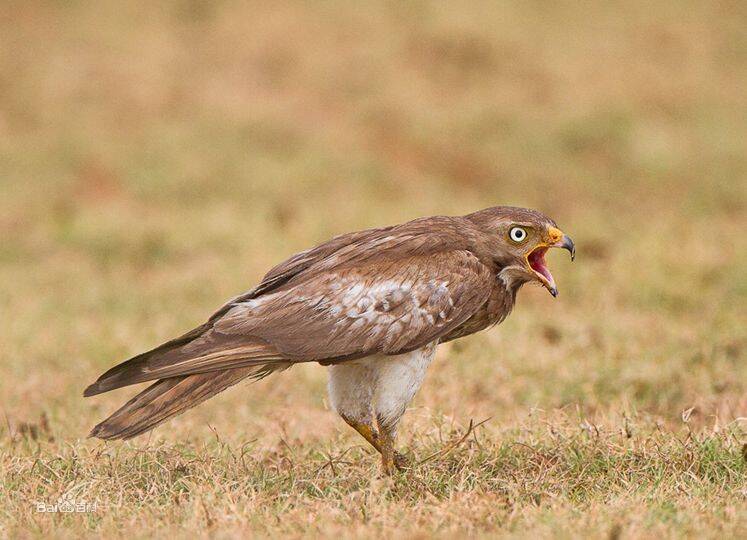Butastur teesa
IUCN
LCBasic Information
Scientific classification
- name:Butastur teesa
- Scientific Name:Butastur teesa,White-eyed Buzzard,
- Outline:Raptor
- Family:Falconiformes Accipitridae BuzzardFalconiformes Accipitridae Buzzard
Vital signs
- length:40-41cm
- Weight:About 500g
- lifetime:About 10-20 years
Feature
The eyes are white and very eye-catching, hence the name
Distribution and Habitat
Distributed in Bangladesh, China, India, Islamic Republic of Iran, Myanmar, Nepal, Pakistan.
Migrant bird: Afghanistan, Oman.
Uncertain origin: United Arab Emirates.
The white-eyed buzzard is a resident bird with no subspecies differentiation. It is distributed in southern Tibet in China, including Cona, Lhuntse, Gyangze, Nyalam, Gyirong, Yadong, Nyingchi, Medog, Langxian, Milin, Zayu, Bomi and other places. But it is extremely rare in China, and it may be a stray bird that arrived by chance.
The white-eyed buzzard lives in trees in open areas such as plains at the foot of mountains, shrubs at the edge of forests, arid fields, cultivated land and near villages.
Appearance
The wings are long and pointed, the legs are relatively long, and the tail feathers are square, very long and narrow. The forehead and broad lines behind the eyes are white, the back of the neck is also white, and the back is dark brown with black rachis patterns. The wing coverts are brown with white spots and horizontal spots. The throat is white with a black central stripe, and the rest of the lower body is brown. The tail feathers are tan or brown, with wide black subterminal spots and sometimes many narrow black transverse spots. When flying, the underside of the wings is white, with slight black spots on the inside. The iris is white, the tip of the mouth is black, the base and cleft are yellow, the wax membrane is also yellow, and the feet and toes are orange.
The upper body of the young bird is like an adult bird, with white lower body, brown spots and markings on the chest and upper abdomen, and wide white and yellow eyebrow lines. The forehead is also white or yellow. The
Details
White-eyed Buzzard is a medium-sized bird of prey with no subspecies.

White-eyed Buzzards are mostly solitary, alert, and have sharp vision. Sometimes they also move on the ground. When flying, it usually stays close to the ground, rarely soaring or gliding, and even if it soars, the time is very short. The call is low and often repeated. It mainly feeds on small snakes, frogs, lizards, mice, etc., and occasionally eats small birds and larger insects such as locusts and grasshoppers.
The breeding season of the white-eyed buzzard is from March to June. It nests in isolated trees in open areas, small patches of jungle or trees in sparse forests. The nest is very simple, mainly composed of thin branches, with almost no inner padding. Each nest lays 2-3 eggs, occasionally as many as 4 and as few as 1. The color of the eggs is white or light blue-white, smooth and spotless, and only a few have a few light gray or light red spots. The size of the eggs is an average of 46.4 mm, with the largest being 49.9 mm × 39.0 mm and 47.9 mm × 39.1 mm. Minimum 43.0×35.8 mm and 45.0 mm×35.0 mm. The female bird is responsible for incubation.
Listed in the 2012 IUCN Red List of Threatened Species ver3.1 - Least Concern (LC).
Listed in the second category of protected animals of China's national key protected wild animals.
Protect wild animals and eliminate game.
Maintaining ecological balance is everyone's responsibility!








